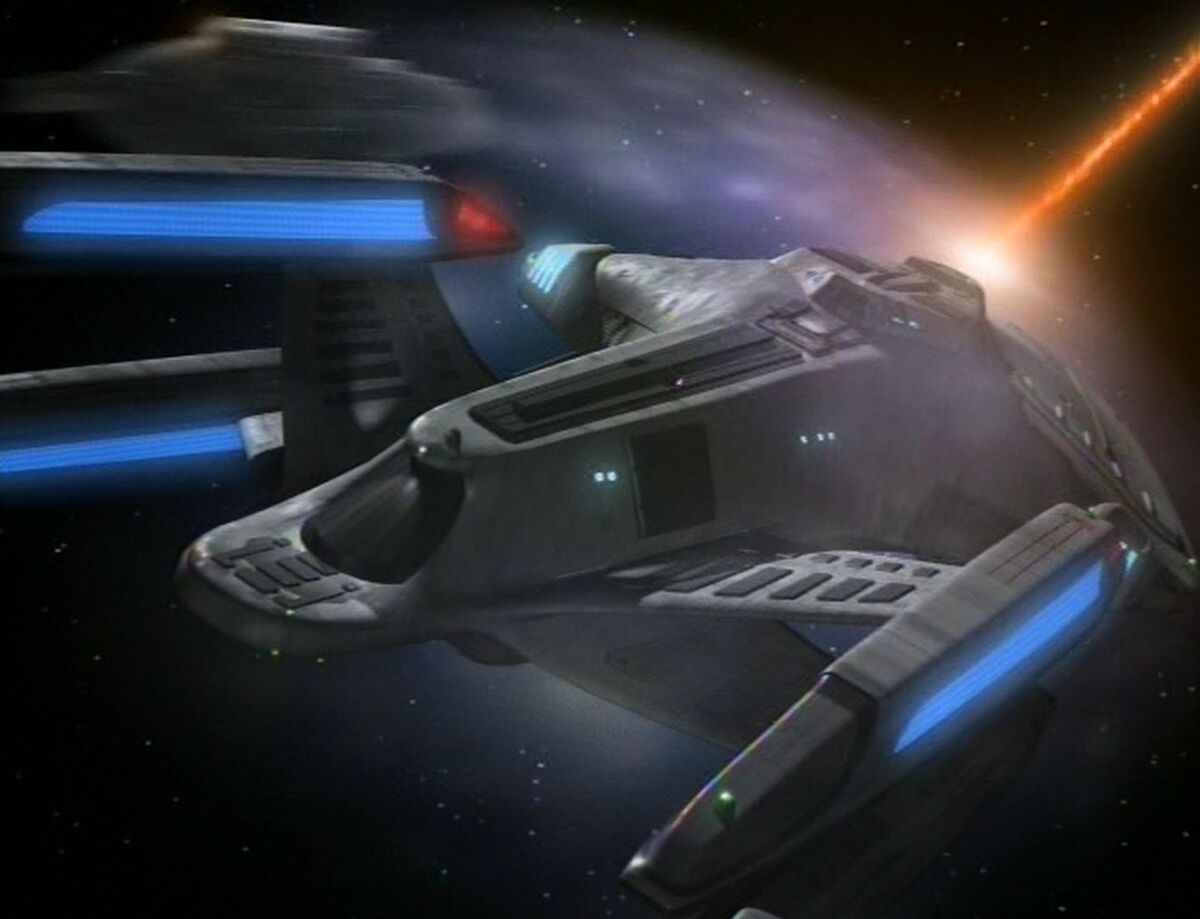This spontaneous thought/question came to me after looking at a model of Voyager for a few minutes.
Voyager had an auxiliary deflector in case the main was out of commission(right?), which seems like a reasonable idea. But every Starfleet ship I’ve seen after Voyager appeared to have just one deflector…unless I missed one, or the deflectors are just out of sight.
Any thoughts on why it seems like Starfleet ships after Voyager didn’t have one?
And if any ships did, what were some?
Correct me if needed.
Voyager had an auxiliary deflector in case the main was out of commission(right?), which seems like a reasonable idea. But every Starfleet ship I’ve seen after Voyager appeared to have just one deflector…unless I missed one, or the deflectors are just out of sight.
Any thoughts on why it seems like Starfleet ships after Voyager didn’t have one?
And if any ships did, what were some?
Correct me if needed.





